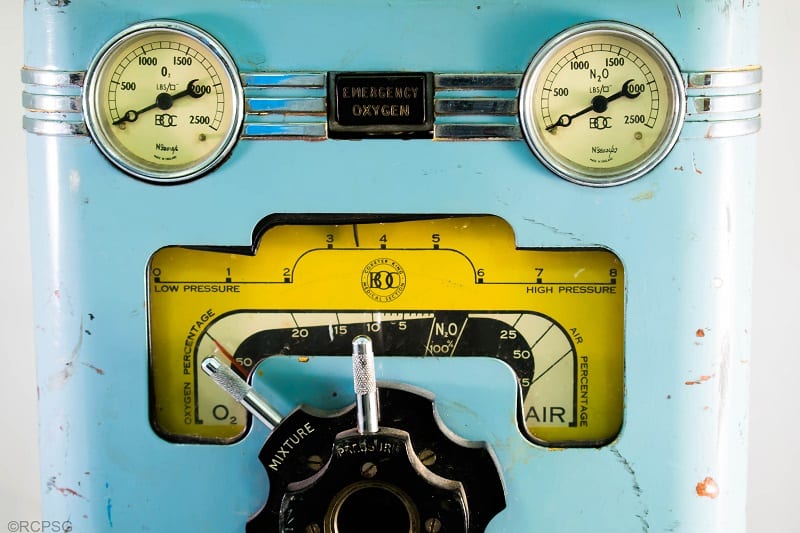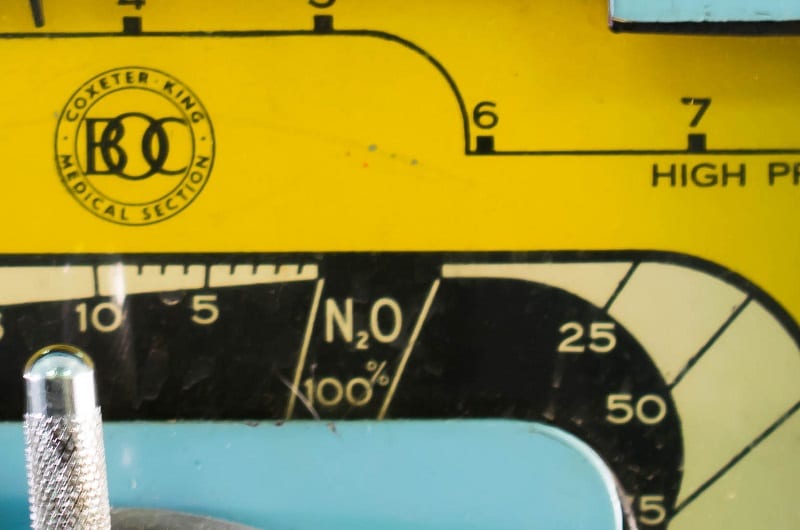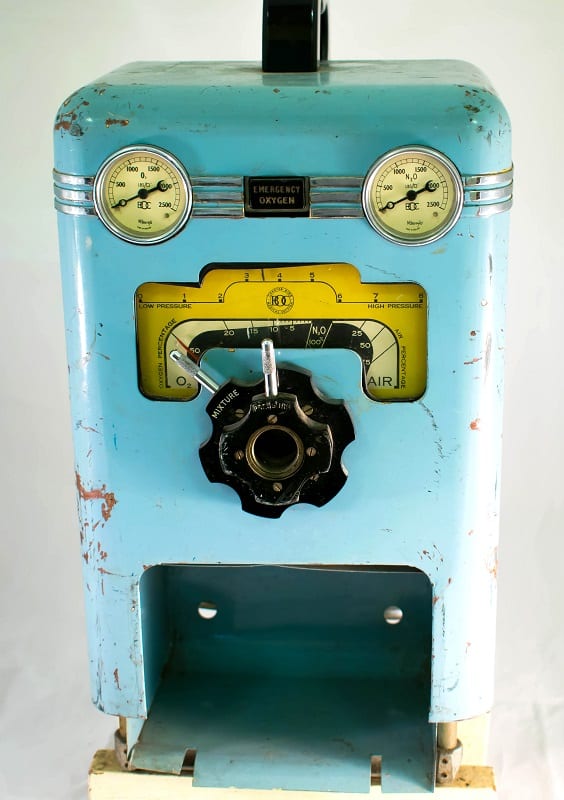Our digitisation intern discusses some of the remarkable people behind medical technology.
When looking back at significant moments in medical history, it is easy to see the progression of medical technology along with the practice. From the replacement of dental keys with dental forceps, to the development of the heart-lung machine, medical technology has greatly advanced.
The manufacturing of this technology was often performed by instrument makers, specialised engineers in the fields of medicine and surgery. It was up to these men to deliver products that matched every detail of the original design to perfection. Anything less and the apparatus may not work at all. These were the men that were producing new technology. Their names are unforgettable.
Or are they? Having such important roles to play in the advancement of clinical practice, surely these men are remembered by all? Unfortunately, this is not the case. Aside from some brief mentions in published articles, it is rare to find much detail about the lives of instrument makers. All credit was given to the professional pioneering the technology, not the engineer.
As the research continues in the “Uncovering our Medical Instruments” project, the lack of information on instrument makers from history becomes more and more evident. This begs us to ask a question: Did they ever get the recognition they deserved?
The topic of instrument makers was brought up after digitising an artefact from our anaesthesia collection- the Portable Anaesthesia Apparatus:
This apparatus is a nitrous oxide/oxygen machine dating from 1955-1960. There is no hidden meaning in the name; this tool was an anaesthesia apparatus that could easily be transported from location to location. This particular machine was manufactured by the British Oxygen Company (BOC). With regards to manufacturers, most people would be satisfied knowing that the BOC made this product. However on closer inspection of this particular instrument, other names are mentioned:
Around the BOC trademark are the names “King” and “Coxeter”. After some digging into the archives, it was discovered that these names referred to two instrument makers; A. Charles King and James Coxeter.
Arthur Charles King was an engineer from London, active during the early 1900s. After the First World War, he set up his own company in London, manufacturing simple medical instruments to local physicians. As anaesthetic technology was advancing abroad, King was one of the first engineers to sell the machines in the UK. Thus, he made a name for himself in the anaesthesia world, [1]. Unfortunately, King’s business plummeted and was ultimately taken over by the British Oxygen Company in 1939.
James Coxeter was an active instrument maker during the 1800s, establishing his own business in 1836, [2]. Based in London, Coxeter was a supplier to many, including the University College Hospital, of which he was the chief instrument maker, [3]. Coxeters also specialised in anaesthetic equipment, including producing Boyle’s Anaesthetic Machine, designed by British anaesthetist Henry Boyle,[1]. The company grew over the years, but was also taken over by BOC. This will be why the names “King” and “Coxeter” are on the trademark.
For all the hard work behind the scenes, was a reference in a publication the best they could get? Thankfully, no. James Coxeter was such a respected instrument maker that he was able to publish articles in the Lancet, giving detailed descriptions of new instrument designs he had created. And it wasn’t just one publication. In fact, Coxeter was published in the Lancet several times, [4,5,6]. A side note to one article describes Coxeter’s contribution to medicine and surgery:
“We have examined the instruments described by Mr Coxeter, and think them ingenius modifications of those in use, and worthy the attention of the profession.” [4]
Although he was very much a member of the backstage crew, Coxeter, and many like himself, were able to get the proper recognition and thanks that they deserved. It is hoped that this article will be added to that list of thanks.
References
1. Wilkinson, D.J., 1987. A. Charles King: a unique contribution to anaesthesia. Journal of the Royal Society of Medicine, 80(8), p. 510-514. Available at: < http://www.ncbi.nlm.nih.gov/pmc/articles/PMC1290960/>
2. Science Museum Group, Collectors Online- people. Coxeter. Available at: < https://collection.sciencemuseum.org.uk/>
3. Braithewaite, W., and Braithewaite, J., 1845. The Retrospect of Practical Medicine and Surgery: Being a Half-yearly Journal Containing a Retrospective View of Every Discovery and Practical Improvement in the Medical Sciences …, Volumes 10-12. W.A.Townsend Publishing Company.
4. Coxeter, J., 1845. New Surgical Instruments. The Lancet, Volume 2.
5. Coxeter, J., 1874. Aspirators. The Lancet, 103(2635), p. 319.
6. Coxeter, J., 1849. The Sonometer and instruments used in the application of glycerine in deafness. The Lancet, 54(1352), p. 109-110.





Leave a Reply